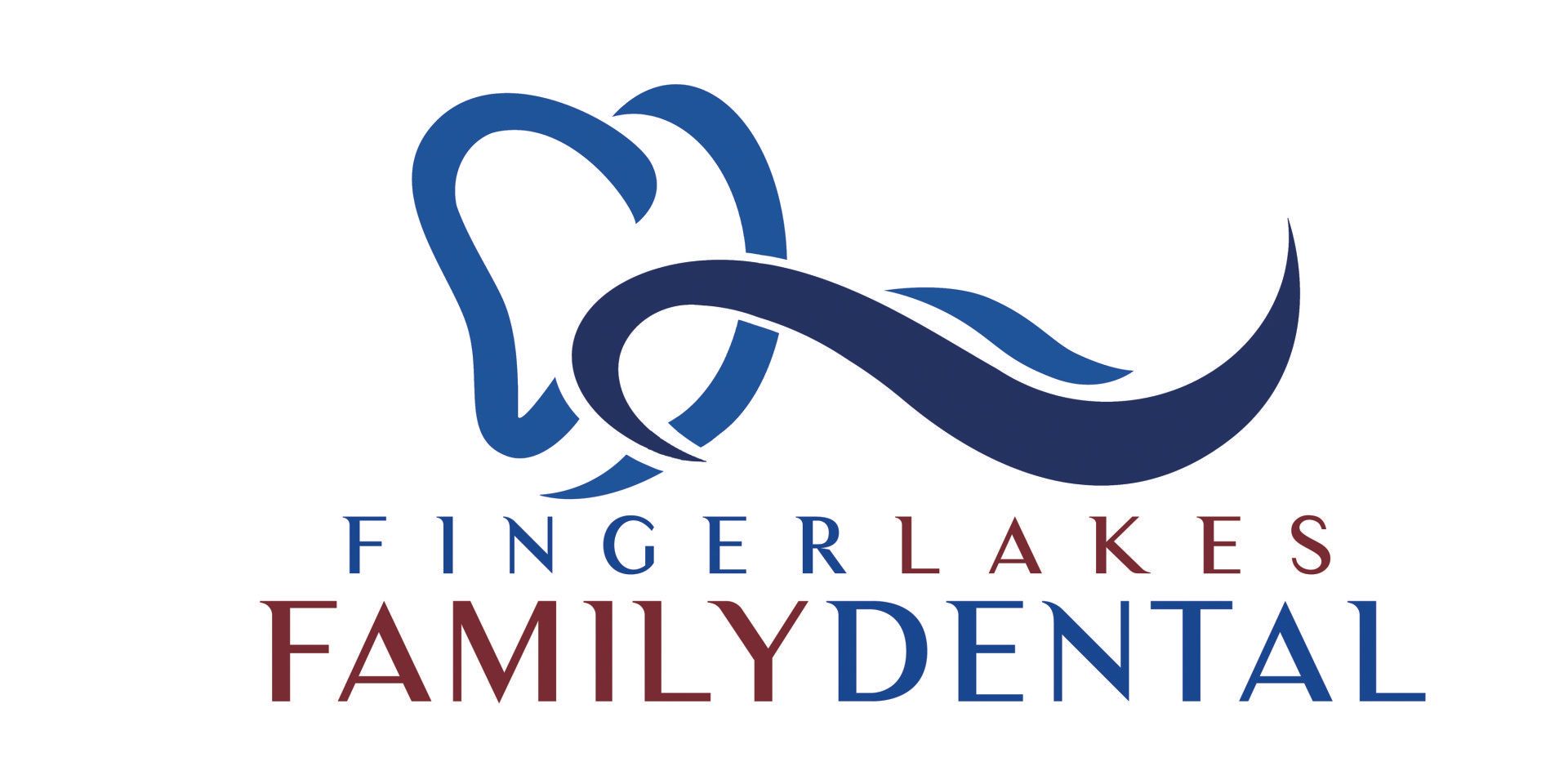-
City skyline
Photo By: John DoeButton
Invisalign
The Benefits of Invisalign over Braces
Who Needs Invisalign?
How Invisalign Works
Putting It All Together
Frequently Asked Questions
- What is Invisalign® treatment?
Invisalign treatment is an orthodontic treatment that involves a series of clear, removable aligners that gradually straighten your teeth. No brackets and wires, and none of the restrictions that come with metal braces.
- What is the treatment process?
Invisalign treatment begins with a consultation with your doctor. He or she will evaluate your smile and discuss your teeth-straightening goals with you. Then, he or she will present you with a digital treatment plan that demonstrates how your smile will change over time. Your doctor will go over the timeline of your treatment plan, as well as treatment cost.
Once you approve your plan, your aligners will be created. You will wear each set of aligners for 20 to 22 hours a day, changing to a new set of aligners every 1 to 2 weeks. Your doctor will schedule regular appointments (typically once every four to six weeks) to monitor your progress.
- What are the benefits of Invisalign treatment?
- Invisalign aligners are discrete — people may not even notice them.
- You can remove them to eat and drink, to brush and floss, or for special occasions.
- Invisalign treatment does not use wires or brackets, so you don’t need to change the way you brush and floss. You can also continue to eat your favorite foods.
- Unlike other brands, Invisalign aligners are made from SmartTrack material, which is more comfortable and provides a better fit. The aligners are also adjusted to fit your gum line for comfort and appearance.
- Is Invisalign treatment painful?
Some people feel temporary discomfort (pressure) during the first few days of wearing a new set of aligners. This discomfort is normal — it shows that your aligners are transforming your smile.
- How long will treatment take?
Several factors can affect your treatment time, including the complexity of your case and how often you wear your aligners. Invisalign treatment tends to take 12 to 18 months, but you can begin to see results within a few weeks.
- My doctor mentioned "attachments." What are they and why would I need them for my Invisalign treatment?
Your Invisalign treatment may require SmartForce® attachments, which are discrete, small tooth-colored shapes that are attached to your teeth. These shapes help the aligners move your teeth with the right amount of force, and make complex tooth movements possible.
If you need SmartForce attachments, your doctor will attach them at the start of treatment and remove them when your treatment is over.
- How much does Invisalign treatment cost?
Typically, the cost of Invisalign treatment is similar to the cost of traditional braces. Your doctor will determine the cost of your treatment based on how complex your case is and how many aligners you need.
- Will Invisalign clear aligners work for me if I have had dental work, such as veneers, crowns, or bridges?
It depends. Talk with your doctor about the dental work you’ve had done, and he or she will assess whether Invisalign aligners are the best option for you. Unfortunately, Invisalign aligners tend to be ineffective for patients with bridgework.
- Will I need to wear a retainer after treatment to prevent my teeth from moving again?
It is recommended that patients who have completed any type of orthodontic treatment, use a retainer to prevent their teeth from shifting. Every case is unique, so ask your doctor if you will need to wear retainers after completing your treatment.
Finger Lakes Family Dental
All Rights Reserved | Finger Lakes Family Dental






